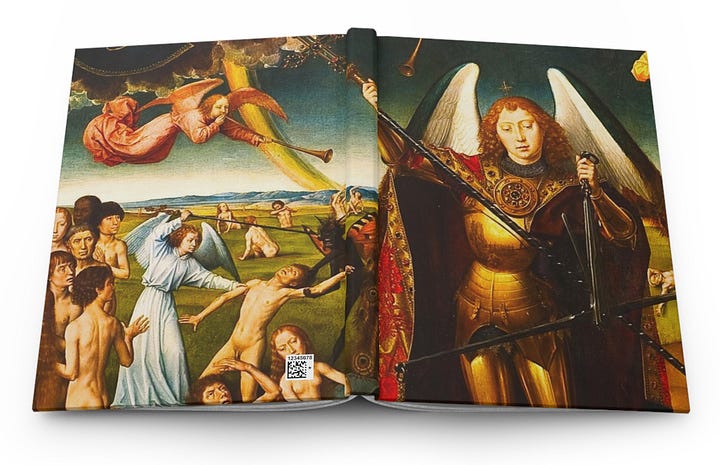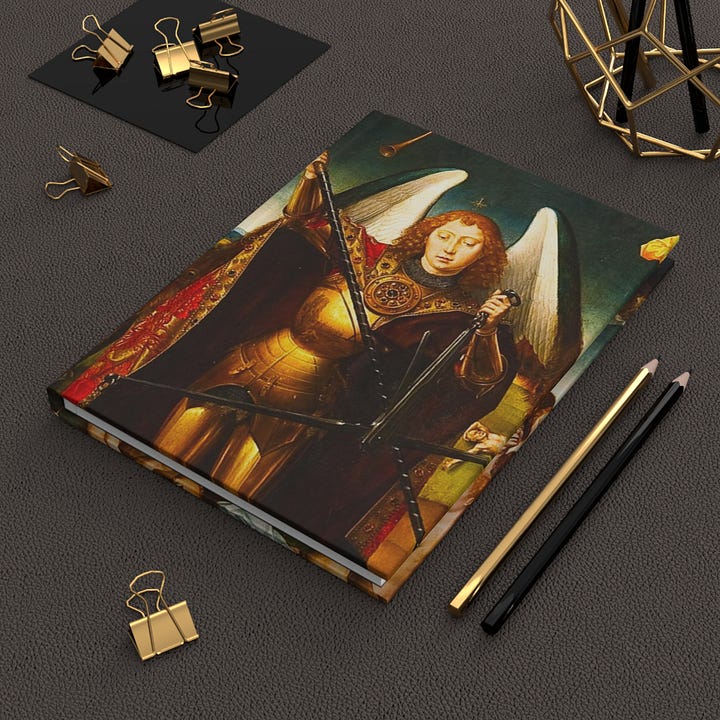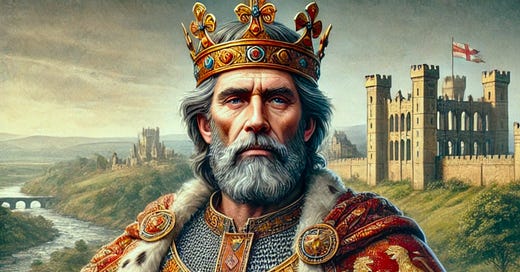The Crown and the Cross: Alfred the Great and Edward the Confessor
Christian Kingship Part II: Two paragons of Christian Kingship
Last week, in our post for paid subscribers, we examined the contrast between the ancient idea of Christian kingship, derived from even more ancient sources, and the modern concept of "liberal democracy" as it was conceived in the 18th century by the deist and anti-clerical philosophers. At the heart of this contrast lies a fundamental difference in the understanding of the nature of power and lawful authority.
For the Christian king, authority is not merely a social contract or an arrangement between rulers and the governed. Rather, it is a sacred duty, a stewardship entrusted by God Himself. The king’s role is to govern in justice and mercy according to the requirements of divine law; not simply to secure rights, or balance competing rights, but to safeguard the moral and spiritual welfare of his people.
In the modern era, the secular ideal of governance became ascendant. The philosophies of Locke, Rousseau, and Voltaire envisioned a world where individual liberty was paramount, and religion - and specifically Christianity - was seen, at best, as a private matter to be strictly excluded from public life or, at worst, an obstacle to “progress”1. Christian kingship, by contrast, placed the king not just at the head of the state, but within the spiritual order, bridging heaven and earth. His reign was not his own - it was an act of obedience to God, as the late Elizabeth II was perhaps the last to fully grasp.
In this week’s sequel, we will revisit these ideas by exploring the lives of two exemplary, reforming Christian kings of England - Alfred the Great, and Edward the Confessor - who each exemplified different facets of this sacred duty.
We’re heading back to early medieval England…
The Sacred Images Project is a reader-supported publication where we talk about Christian life, thought, history and culture through the lens of the first 1200 years of sacred art. It’s my full time job, but it’s still not bringing a full time income, so I can’t yet provide all the things I want to and am planning for. You can subscribe for free to get one and a half posts a week.
For $9/month you also get the second half of the weekly Goodie Bag post, plus a weekly paywalled in-depth article on this great sacred patrimony, plus our Benedictine Book Club in the Substack Chat. There are also occasional extras like downloadable exclusive high resolution printable images, ebooks, mini-courses, videos and eventually podcasts.
If you would prefer to set up a recurring donation in an amount of your choice, or make a one-off contribution, you can do that at my studio blog. Of course, anyone setting up a monthly patronage for US $9/month or more will get a complimentary subscription to the paid section here.
This helps me a lot because the patronages through the studio blog are not subject to the 10% Substack fee:
This is the site where I post photos of my own work as it develops. I have a shop there where some of my drawings and paintings are available for sale as prints, as well as some other items.
In honour of yesterday’s great feast of St. Michael and all Archangels, I thought I’d feature a little gift item from my shop, a blank notebook printed on the cover with that incredible scene of the Last Judgment with St. Michael weighing the souls of those who rise from the grave. The painting is by the great Gothic Flemish painter, Hans Memling.


Subscribe to join us below.





